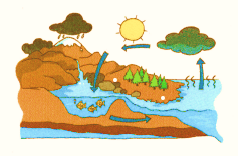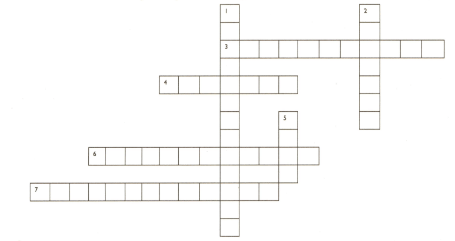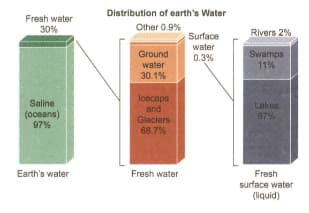Seema Sinha and Deepika Parashari Solutions for Exercise 1: Put on your thinking cap
Seema Sinha Science Solutions for Exercise - Seema Sinha and Deepika Parashari Solutions for Exercise 1: Put on your thinking cap
Attempt the free practice questions from Exercise 1: Put on your thinking cap with hints and solutions to strengthen your understanding. Science Spark solutions are prepared by Experienced Embibe Experts.
Questions from Seema Sinha and Deepika Parashari Solutions for Exercise 1: Put on your thinking cap with Hints & Solutions
Match the column:
| a) Drought | i) Water from the ground |
| b) Groundwater | ii) Loss of water by plants |
| c) Transpiration | iii) Carrying away of the topsoil |
| d) Soil erosion | iv) Visible body of droplets |
| e) Clouds | v) Lack of rain |
Choose the suitable word from the bracket and fill in the blank.
Water that is fit for drinking is called _____. (potable water/ non-potable water)
Resources that can be replenished are called _____.
Level of underground water is called _____. (water table/ potable water)
Condition caused by excess rain in a region is called _____. (flood/ drought)
Look at the picture below and fill in the blanks to explain the water cycle.

The heat of the _____ causes _____ of _____ from the surface of the earth and water bodies like _____, _____, etc. Water _____ is also added to the atmosphere through _____ from leaves of the trees. The water vapour _____ to form tiny droplets of _____. Higher up in the atmosphere the air is cool. The water droplets come together to form _____. The heavy water droplets in the air fall down as _____.
Solve the crossword by using the clues given below.

Across
3. Change of water to water vapour
4. Underground water
6. Change of water vapour to water on cooling
7. Loss of water in the form of water vapour from leaves
Down
1. Water falling in different forms on the earth from clouds
2. Any liquid suitable for drinking
5. Fog combined with smoke
Study the water distribution graph of the earth and complete the given table.
| Percent of fresh water | |
| Percent of saline water | |
| Percent of fresh water in glaciers and ice caps |

